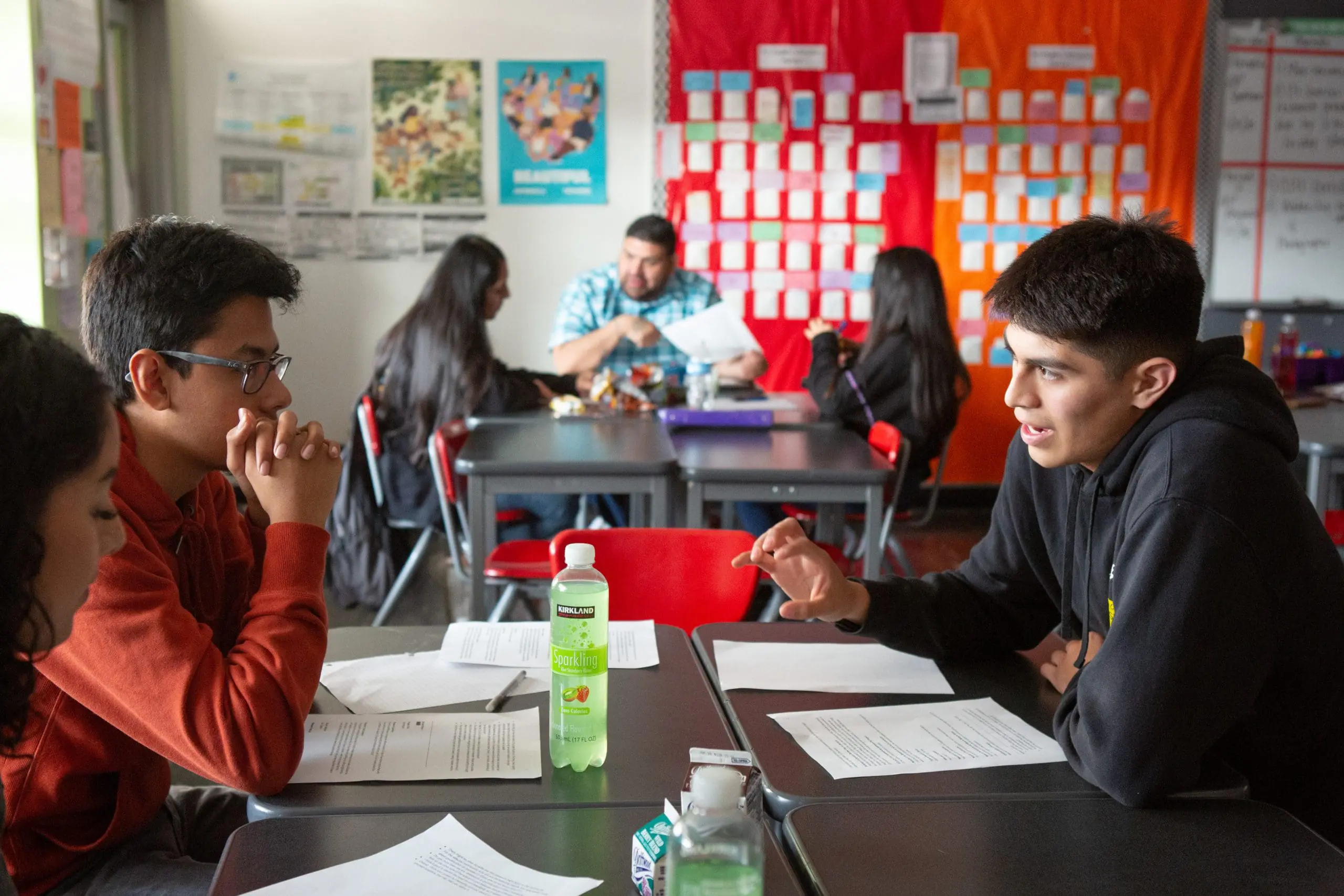In DQC’s recent polls of both students and superintendents, we saw the clear need for improved data and access across all education services, including academic wraparound supports. Seventy-four percent of students think it would be helpful for their school to share some information about students’ academic needs with trusted organizations outside of school. Ninety-eight percent of superintendents feel they would be more confident in their abilities to make decisions for their district with better access to information. One area in particular where students, parents, and school leaders need more information is out-of-school time (OST) programs.
During the pandemic, wraparound supports like OST programs became increasingly important. These programs, which include afterschool and summer school programs, served as educational supports for many students while schools were closed. However, schools, parents, and program leaders are often left in the dark about the outcomes, reach, and effectiveness of OST programs, demonstrating a need for better data infrastructure and capacity to support student learning inside and outside of the classroom.
An influx of funding from the American Rescue Plan Act (ARPA) has allowed schools to provide more funding than ever to OST partners for tutoring programs, STEM initiatives, and other academic supports. However, without the ability to share data from these programs with schools and parents, essential questions about the reach and effectiveness of these programs for improving student outcomes go unanswered. Linked data systems across schools and OST programs that securely collect real-time, individual data could provide necessary information to answer questions like:
- Are the students receiving services actually the ones who need them? After linking data at the systems level, Shelby County School District in Memphis, TN, discovered that 87% of students receiving services for chronic absenteeism were not chronically absent. The district then created new referral and enrollment protocols to focus on serving the targeted student group, demonstrating how data can be used to help ensure services and supports are directed to appropriate students.
- Which services are students receiving? Schools are anecdotally aware that students attend a number of OST programs, but without linked data systems, there is no easy way to identify all of the programs and services any individual student receives. With data, schools could determine if students are receiving duplicative services, identify gaps in services, and know whether all students who need services are receiving them. Schools could then adjust their outreach, increase or decrease funding for programs as needed, and better understand the holistic needs of their students.
- Are school and OST program efforts aligned? Partnerships between schools and OST academic supports, like tutoring programs, require information sharing between teachers and partners to align on content, track student progress, and monitor who is or is not receiving services. This kind of two-way information sharing allows teachers, tutors, and others to operate as a team to support a student’s educational journey.
- What are the outcomes of a certain OST program? Schools, parents, and OST partners have limited ways to determine if wraparound programs are positively impacting student learning inside the classroom. Linking data on participation in OST programs with outcomes data like achievement scores, literacy levels, and math proficiency not only provides essential information to teachers and parents, but also informs schools and district leaders about which programs work and are worth continued funding (and which do not).
With $30 billion allocated to afterschool and summer programs through ARPA, substantial amounts of money are being spent outside of schools on academic wraparound services. However, it is hard to know whether money is being spent in the right way, as few local jurisdictions regularly share data between schools and external partners. One locality making this connection is the Baltimore Youth Data Hub, pulling information from schools, community-based organizations, and other sources to answer essential questions and improve outcomes for students. Available, linked data allows school and city leaders and researchers to better evaluate programs and allocate resources for the city’s youth.
Providing school leaders, parents, and policymakers with access to linked data between schools and wraparound partners in a secure, privacy-protected manner would provide a more robust picture of how student learning is evolving both inside and outside of the classroom. With recent scores on the National Assessment of Educational Progress demonstrating the urgent need for increased academic support for students, this is a crucial moment for collaboration between schools and OST partners. Academic recovery requires a united effort by all partners involved in students’ journeys through education and into the workforce. Access to linked data can facilitate the process for all.


